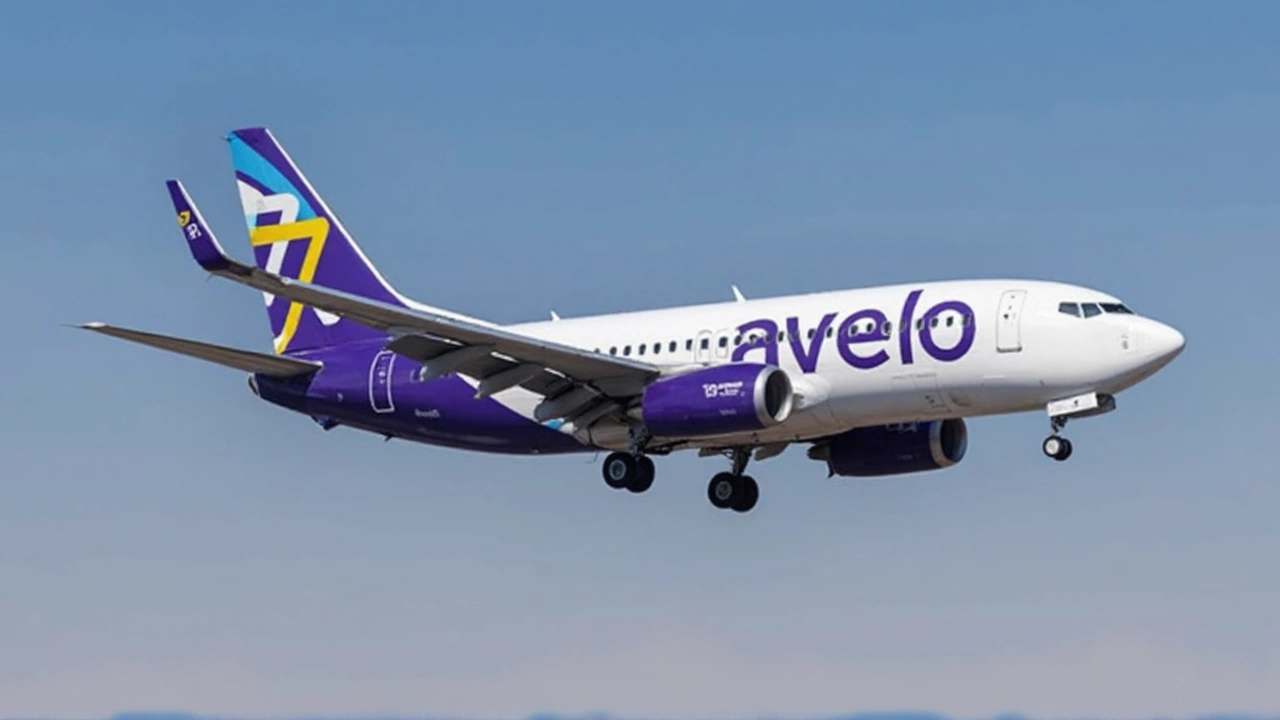Avelo Airlines Pulls Out of the West Coast: A Major Shift in Strategy
Avelo Airlines is about to leave a noticeable hole in the West Coast skies. After only four years since its splashy launch at Hollywood Burbank Airport, the airline has decided to shut down all West Coast operations by December 2, 2025. This marks a big shift for the ultra-low-cost carrier, which first took off in April 2021 with high hopes of disrupting California’s air travel scene.
The Burbank base, which hosted Avelo’s inaugural flight to Santa Rosa, is on its way to becoming history. The transition will be swift: all but one aircraft will be gone from Burbank by August 12, with the last handful of routes sticking around just until the final cutoff in December. For travelers who relied on Avelo’s cheap, direct flights out of Southern California, the countdown is on.
When Avelo debuted, it stood out by flying into smaller airports that had mostly been ignored by giant carriers. Santa Rosa. Eugene. Medford. Even Pasco in Washington State got onto the route map. Avelo’s pitch was clear: offer basic service, keep fares low, and connect places that would otherwise require a long drive or a painful layover. It was a bold bet during the uncertainty of a pandemic, and for some, it filled in gaps that legacy airlines had left behind.
But cheap flights don’t always mean steady profits. Avelo entered at a time when not just passengers but entire industries were still holding their breath. Operating smaller planes to airports with unpredictable demand pushed the airline’s finances to the limit. Challenges just piled up: low passenger numbers on some West Coast routes, increased operational costs, and hot competition from both discount rivals and established airlines bouncing back after COVID-19.

Why the East Coast is Now Avelo’s Main Stage
Behind the scenes, Avelo saw stronger numbers further east. The airline has built up six East Coast bases—locations where it’s been able to draw fuller planes and, crucially, turn a profit. With Burbank no longer serving as a viable hub, it became a numbers game: put jets in the places where they’re making money, not just headlines. When you look at the air travel map now, it’s clear the East Coast is giving Avelo what the West couldn’t—reliable demand out of smaller cities and far less direct competition for travelers hungry for low fares.
So, what’s actually happening to the airline’s West Coast fleet? Most of the jets flying out of Burbank will be re-deployed to Avelo’s growing network in the east. By intensifying focus where they already see higher bookings—think major markets but also under-the-radar hubs like Wilmington, Delaware and New Haven, Connecticut—Avelo hopes to build a sustainable business in an industry famous for its thin margins and big risks.
For the airports Avelo is leaving behind, there’s bound to be disappointment among travelers but possibly room for new carriers to step in, especially as air travel demand bounces back. For Avelo, this bold exit from the West is a bet that concentrating resources in proven East Coast markets can deliver the growth and financial stability that’s eluded them out west.

Write a comment